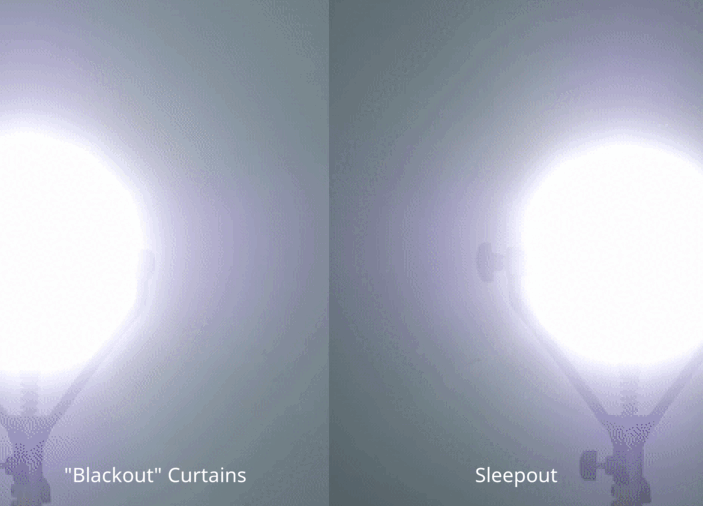Many new parents experience a touching yet taxing phase when their baby seems to only want to sleep while being held. This common scenario can be both exhausting and endearing, leaving many caregivers searching for solutions. If you're currently navigating the waters of a baby who won’t sleep unless they're in your arms, you're not alone. Below, we delve into the reasons behind this behavior and provide practical tips for gently encouraging more independent sleep habits.
Understanding Why Babies Want to Sleep on You
Before parents can begin to address the issue of co-dependency at bedtime, it’s crucial to understand why babies often prefer sleeping on a caregiver. From a biological perspective, babies are born with a strong survival instinct that equates being close to a parent with safety. This instinctual need can manifest in babies only falling asleep when held.
Additionally, the warmth and heartbeat of a parent can be incredibly soothing to infants, replicating the familiar environment they experienced in the womb. It’s comforting and calming, making it a preferred sleep space for many infants.
Step-by-Step Guide to Encouraging Independent Sleep
Transitioning your baby from sleeping on you to sleeping in their crib can be a smooth process with patience and consistent strategies:
1. Start with Daytime Naps
Begin the transition during the day when the pressure isn’t quite as high as it might be during the night. Use daytime naps as a practice ground for teaching your baby to fall asleep in their crib. This separation is often easier to manage when not everyone is overly tired.
2. Establish a Soothing Routine
Create a bedtime routine that signals to your baby that it’s time to sleep. This could include dimming the lights, using a soft, calm voice, and incorporating quiet activities such as reading a book or gently swaying. This routine should consistently end in the sleeping environment you wish for them to adopt.
3. Use Graduated Extinction
Sometimes known as "controlled crying," this method involves putting your baby down to sleep and leaving the room for short periods. If the baby cries, wait a few minutes before going back to reassure them without picking them up. Gradually extend the time between reassurances until they fall asleep.
4. Stay Nearby
For babies who are particularly attached, position yourself near the crib as they fall asleep. Your presence can be comforting enough to help them drift off without being in your arms.
5. Consider Sleep Aids
Items like a warm (not hot) water bottle placed in the crib before bedtime can mimic the warmth they feel when sleeping on you. Just be sure to remove it before putting your baby down. Additionally, white noise machines can help drown out startling home noises that might wake them.
Implementing Blackout Curtains
One significant aid in this journey can be the use of blackout curtains, such as those from Sleepout Home Blackout Curtains. These curtains can create a night-like environment that encourages a sense of calm and helps signal that it’s time for sleep, regardless of actual daylight hours.
The Importance of Patience and Flexibility
Each baby is unique, and what works for one might not work for another. Be patient and flexible. It might take a few tries to figure out what works best for your baby’s transition from sleeping on you to becoming an independent sleeper.
Seeking Professional Advice
If your baby struggles severely with sleep and nothing seems to help, it might be beneficial to speak with a pediatrician or a child sleep consultant. They can provide tailored advice and strategies catered specifically to your child's needs.
Takeaway
Although the process may seem daunting at first, with a little patience and a lot of love, encouraging independent sleeping habits in your baby is completely achievable. Remember, the goal isn’t just about getting some much-needed rest for yourself but also about helping your baby develop healthy sleep habits that will benefit them throughout life.

Transitioning your baby to independent sleep is not just a milestone for them but also a significant achievement for you as a parent. Embrace the process, stay consistent, and before long, both you and your baby will enjoy a full night's sleep.


